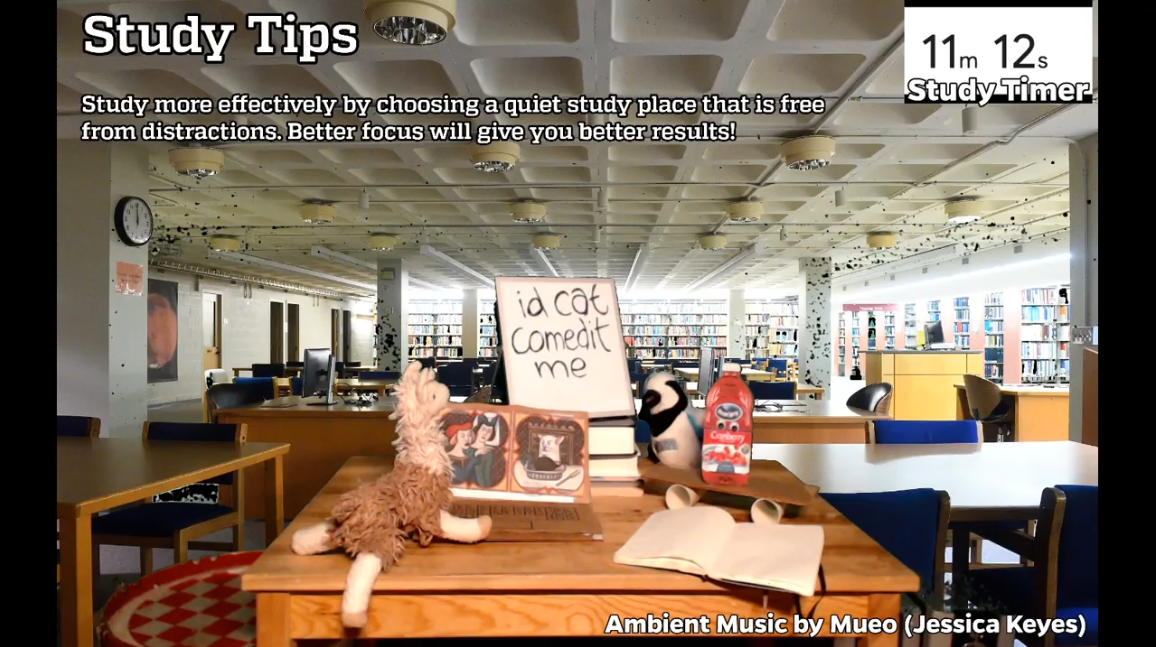Creating Virtual Library Spaces
Emerging Technologies
Many college students across the country, in light of the impacts of the pandemic on teaching, learning, and the broader student experience, feel disconnected from their peers and institutions, and crave the right kinds of space—quiet space, in particular—for effectively completing their coursework. Fostering a sense of belonging and providing spaces for both collaborative and independent student work have long been top priorities of academic libraries and the individuals that lead them.
Yet, while libraries and publishers have built out robust digital tools, resources, and services over the past several decades, the work of translating physical library space to a virtual context has proven much more challenging. This is particularly noteworthy given that roughly half of academic libraries are still currently operating with limited hours or restricted building access. However, several colleges and universities are experimenting with new technologies to simulate various types of library space to foster a sense of community and enhance student productivity.
Johns Hopkins Sheridan Libraries, for example, hosted a YouTube livestream featuring study tips, ambient music, and backdrops of the library, as a timer counts down 25 minutes for studying and five minutes for taking a break. Scottsdale Community College Library has built out demos to show students how they can collaboratively study with others in Google Hangouts, WebEx, and Zoom. The University of Maryland, Baltimore County Library has hosted Zoom study rooms and is likely to move to using Discord in the future. More interactive tools like SpatialChat and InSpace could allow students to move around freely, with dynamic audio and visuals depending on where they place themselves in the platform.
These platforms all provide different visual and audio options and afford different levels of interactivity with the space, lending themselves to be relatively more or less useful for independent or collaborative activities. For example, a YouTube livestream creates an environment for independent study, while rooms in Google Hangout, WebEx, or Zoom afford greater interaction with others. Some platforms offer one space that students can visit, while others, like Discord or SpatialChat, can be set up with multiple rooms for different purposes with varying noise levels and/or visuals. Some use up relatively significant amounts of wifi bandwidth, while others use up less. All, of course, require relatively stable internet access and devices, and it cannot be assumed that all students, especially given the financial impacts of the pandemic, have both. Understanding the goals and challenges of students at a particular institution is critical for building out the right kind of spaces —both digital and in-person—to address otherwise unmet needs.
The vast majority of library directors see their physical spaces as essential to the long-term mission of their organizations despite that many at present are functioning with limited space and in-person services. While these virtual spaces are by no means a substitute for the full range of options afforded by a physical library, they may prove to be a useful resource in the interim.
Does your library have a great virtual library space solution that you would like to share? Are you looking to assess user space needs at your institution? Drop me a note at christine.wolff-eisenberg@ithaka.org.

Comments
I am just itching to put some of these ideas into practice. Your insight into different platforms providing different ambiences is key. We're currently exploring Facebook Rooms as an option for a more casual environment (as opposed to something like our forum, which is harder to customize atmosphere). Gonna take this article's insight with us into those experiments!
Gone through the article that encourage us to do some sorts of experiments and implement the positive outcomes to diminish the economic barriers as well as set benchmarks for best practices during this pandemic.